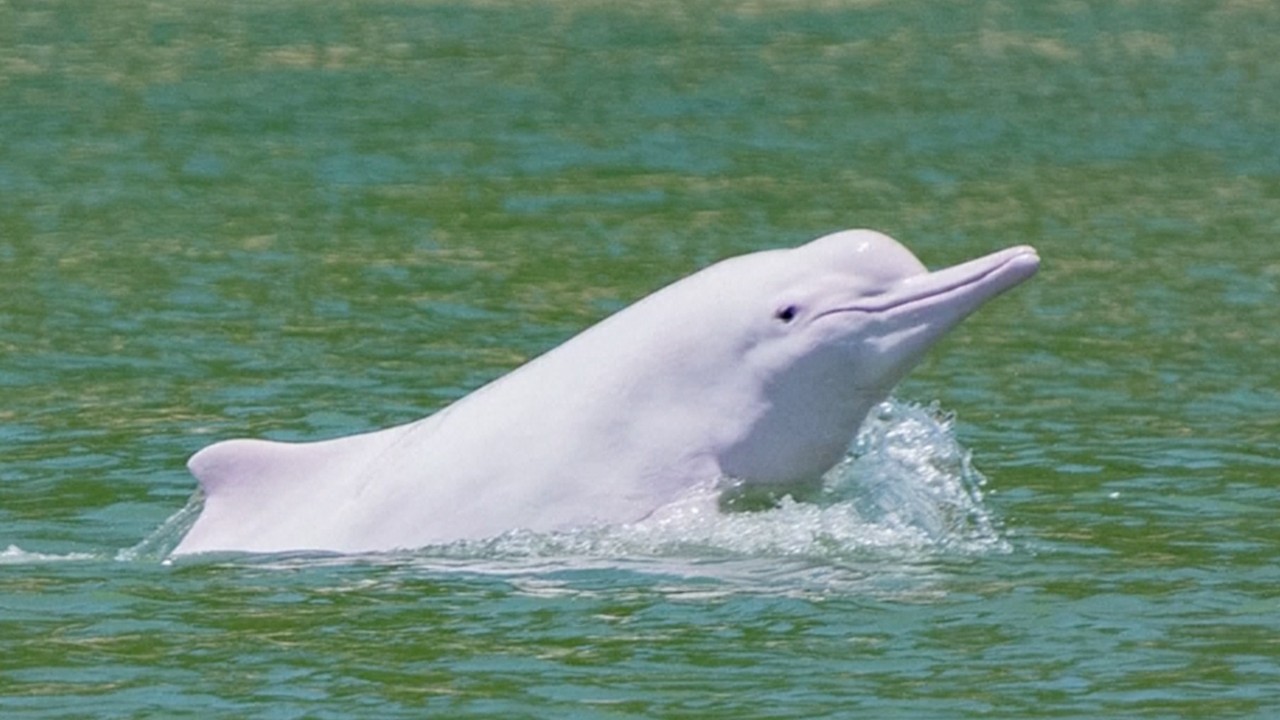Opinion | Behind Carrie Lam’s grand reclamation plan for Hong Kong lies an inconvenient truth
- The chief executive is determined to push ahead with her Lantau Tomorrow Vision as a solution to the city’s housing crisis, but the environmental costs – for both Hong Kong and the mainland – are being glossed over and less ecologically damaging options effaced

This beloved mammal has been listed as a “Grade 1 national key protected animal” since 1988 and is also protected by Hong Kong law, but is now on the verge of extinction due to development without adequate consideration of sustainability. And Chief Executive Carrie Lam Cheng Yuet-ngor is, it seems, unconcerned.
It was reported that she does not consider reclamation in mainland waters to be an option because of President Xi Jinping’s passion for environmental conservation. But she apparently sees no problem for the ecosystem if the Hong Kong government carries out such reclamation in Hong Kong waters.

02:07
Rare pink dolphin makes comeback as Covid-19 quiets Hong Kong waters
Lam must be aware that there is no physical boundary separating Hong Kong waters from those of the mainland. If the marine habitat of Hong Kong is destroyed, a line on the map cannot prevent it from having an impact on the mainland’s natural environment.
